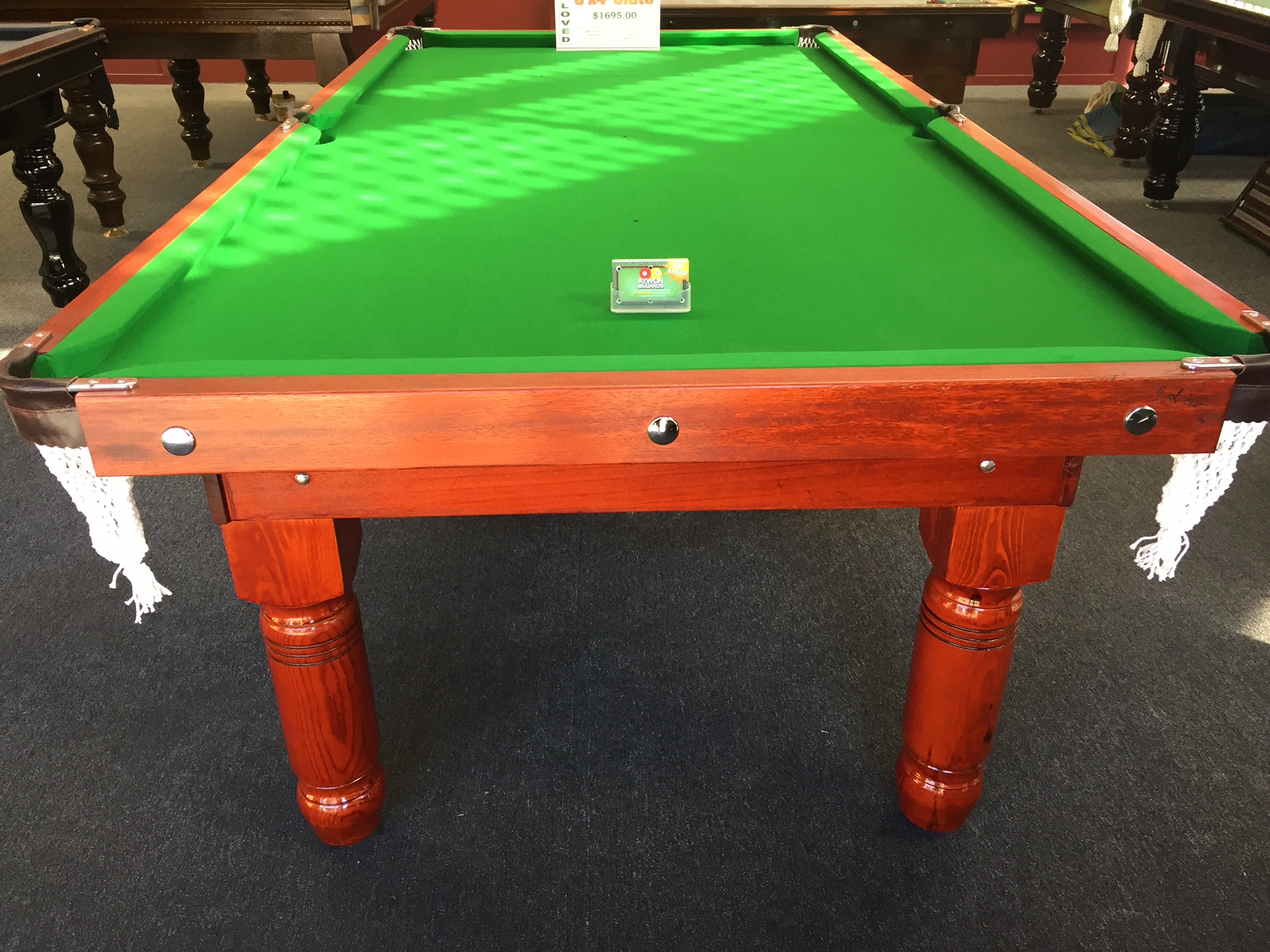The regulations of snooker were established and are still monitored by World Snooker, part of the World Professional Billiards and Snooker Association. The rulebook itself is remarkably detailed, to ensure every contingency is covered in a professional game. As such, the following is an interpretation of the regulations with the core elements all included and explained, but without much of the detail unnecessary for spectators or casual players.
Snooker in brief
The objective of snooker is simply to score more points than your opponent and thus win the frame, which may also mean winning the game if you decide to play just a single frame. This is achieved by using the cue-ball (the white ball) to pot all the coloured balls on the table in a predefined order, which begins with all the reds and ultimately concludes with the black. The players alternate turns, with any misses meaning the end of the turn. Between potting red balls, it is obligatory to pot another coloured ball (not another red). Only through this can you continue your turn (or ‘break’) and accumulate points.
Equipment
The playing table
The playing area (which is measured from cushion face to cushion face) must be 11 feet with general dimensions of 3569mm x 1778mm. The table itself must have a height of 851 to 876mm.
Pockets are placed at all corners and in the middle of both longer sides, numbering six in total.
The Baulk or Baulk-line is drawn 29 inches away from the top cushion face. All the area above that line is considered the Baulk. This line is touched by the “D”, which is a semi-circle with a radius of 11.5 inches at the centre of the Baulk-line.
There are four spots on the felt surface, all of which relate to the positioning of the balls:
- Black Spot/’The Spot’ - Located 324mm from the bottom cushion in the centre.
- Centre Spot/Blue Spot - Midway on both axes.
- Pyramid Spot/Pink Spot - Midway between the centre spot and the bottom cushion.
- Brown Spot - Middle of the Baulk-line.
Balls
All possess a diameter of 52.5mm and have the following point values:
- Black - 7 points
- Pink - 6 points
- Blue - 5 points
- Brown - 4 points
- Green - 3 points
- Yellow - 2 points
- Red - 1 points
The only remaining ball is the cue ball, which is white and is used to pot all the other object balls. Potting the white is a foul which incurs a four point penalty (see below).
Cue
The cue cannot be less than 3 feet in length and cannot diverge in design from the commonly accepted shape, which is long, straight and narrowing progressively from the butt to the tip.
Other equipment
A number of rests, cue extensions (which attach onto the cue) and the spider rest may be used to assist players in tricky positions.
Definitions
The frame
The frame is a period of play which comprises either a part of or the entire match. It can be won if an opponent concedes (typically due to a points difference more than the sum of the remaining balls) or if awarded to a player by the referee (due to a major infraction by the opponent) but is always complete when the final black is potted, except if the points are subsequently tied (which means a re-spotted black and a sudden death situation).
Stroke
Made when the cue touches the cue ball and is only complete when all the balls have come to a rest.
Pot
Accomplished when the cue ball is struck and hits an object ball, causing it to enter a pocket.
Break
A series of pots completed in the correct manner and order.
Ball in-hand
The ball is considered in-hand at the start of the frame, when it enters a pocket or when it is forced off the table. Otherwise, the ball is in play.
Nominated ball
Players are obligated to make the referee aware of what colour ball he is playing for, either verbally or through clear intent.
Snookered
You are considered to be ‘snookered’ when the cue ball’s direct line to the ball on (a red or a colour depending on the particular circumstances) is totally obstructed by a ball which is not on. The ball not on is subsequently classified as the ‘snookering ball’, requiring the player to manoeuvre around the obstacle and avoid committing a foul.
Spot occupied
Means a ball cannot be placed on its correct spot without touching another ball.
Push stroke
The push stroke is a foul stroke when the cue tip touches the cue ball after the initial contact. Includes situations where the object ball is extremely close, unless the contact is made only with the extreme edge of the object ball.
Jump shot
As opposed to the rules of pool, a jump shot is a foul stroke where the cue ball jumps over any part of an object ball. This excludes instances where the cue ball strikes one object ball and jumps over another, when the jump is not complete and the cue ball is not on the far side of the object, or a lawful strike takes place and then the cue ball jumps over the object ball after hitting another ball or a cushion.

 Ball!
Ball!

